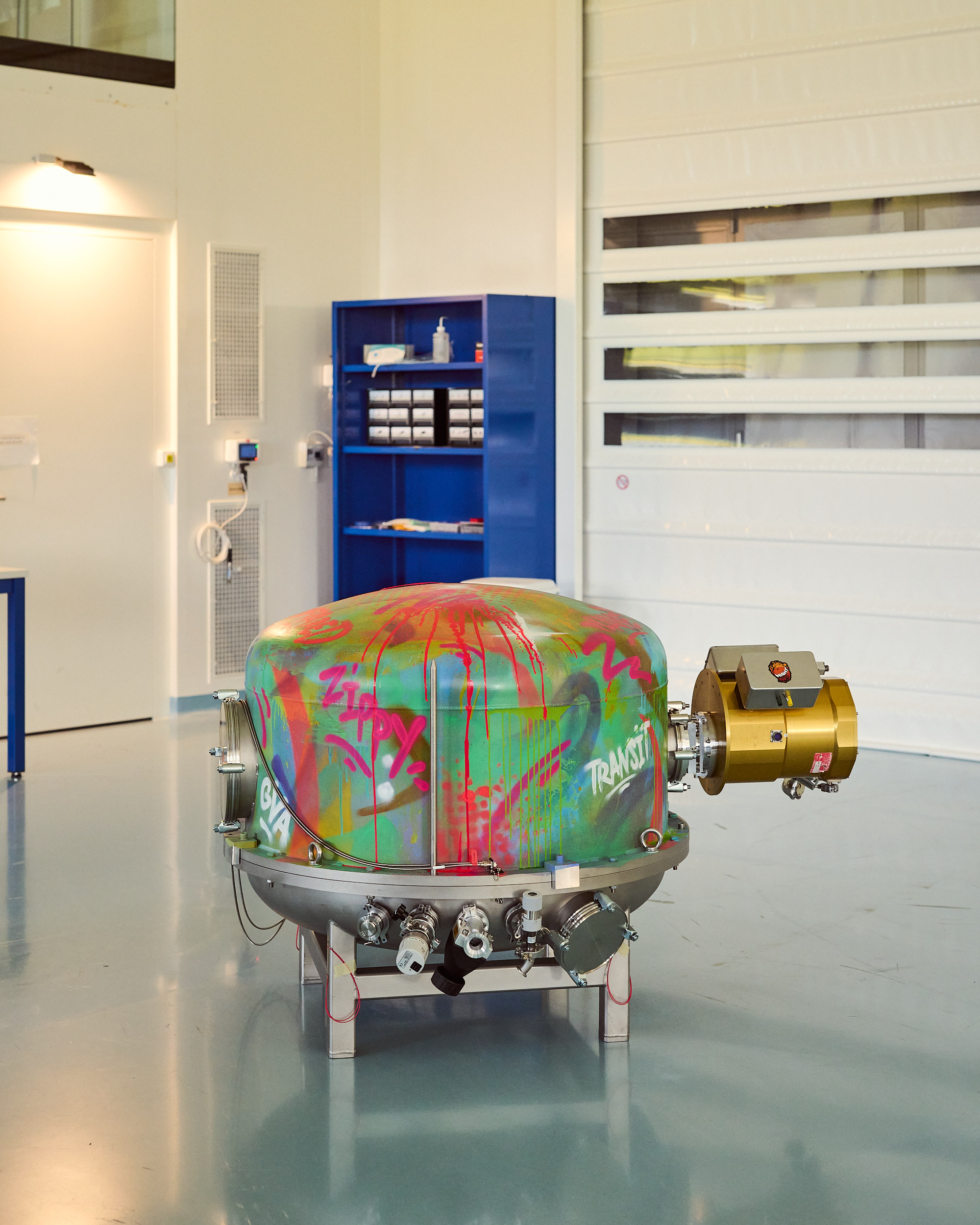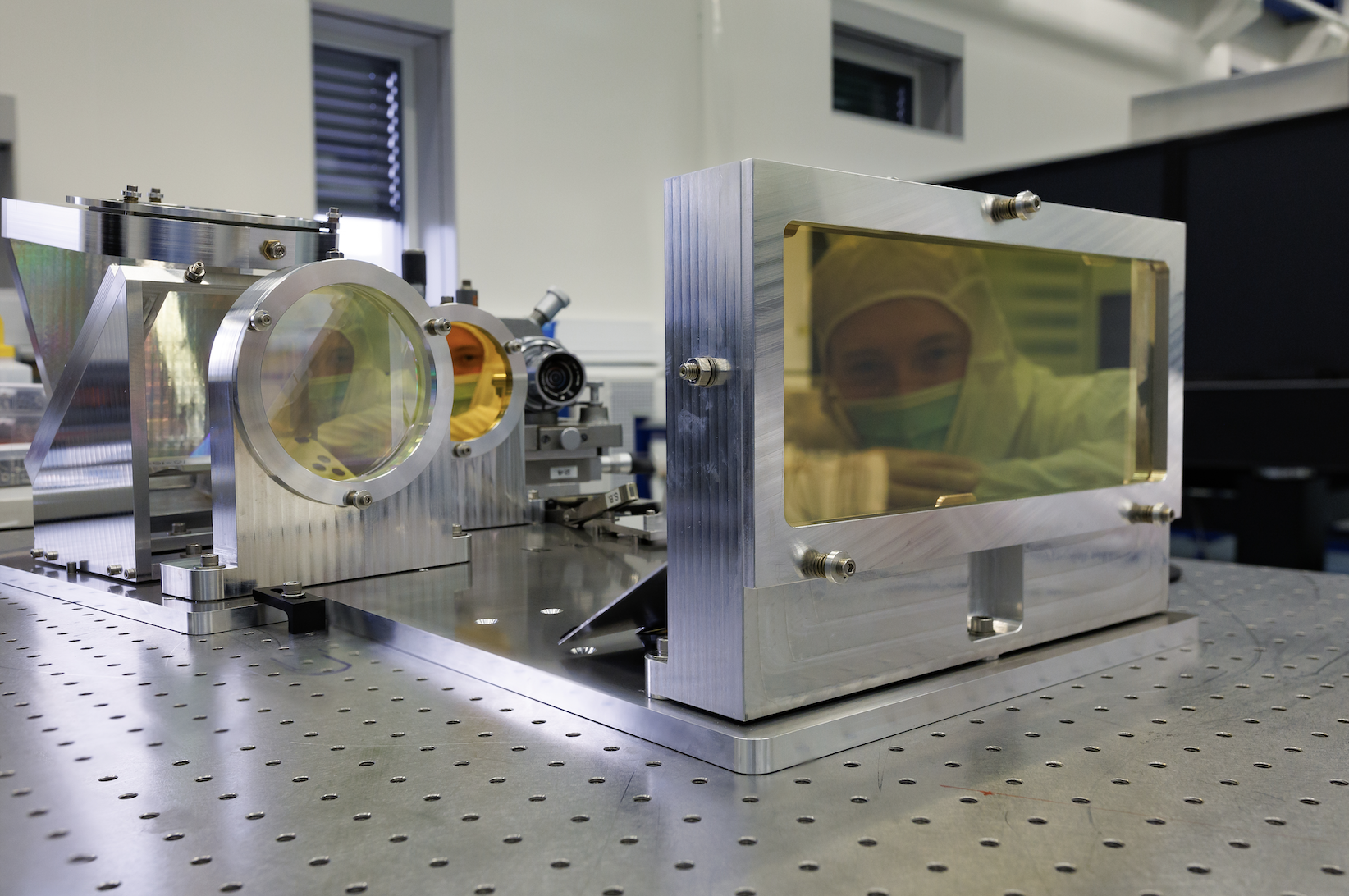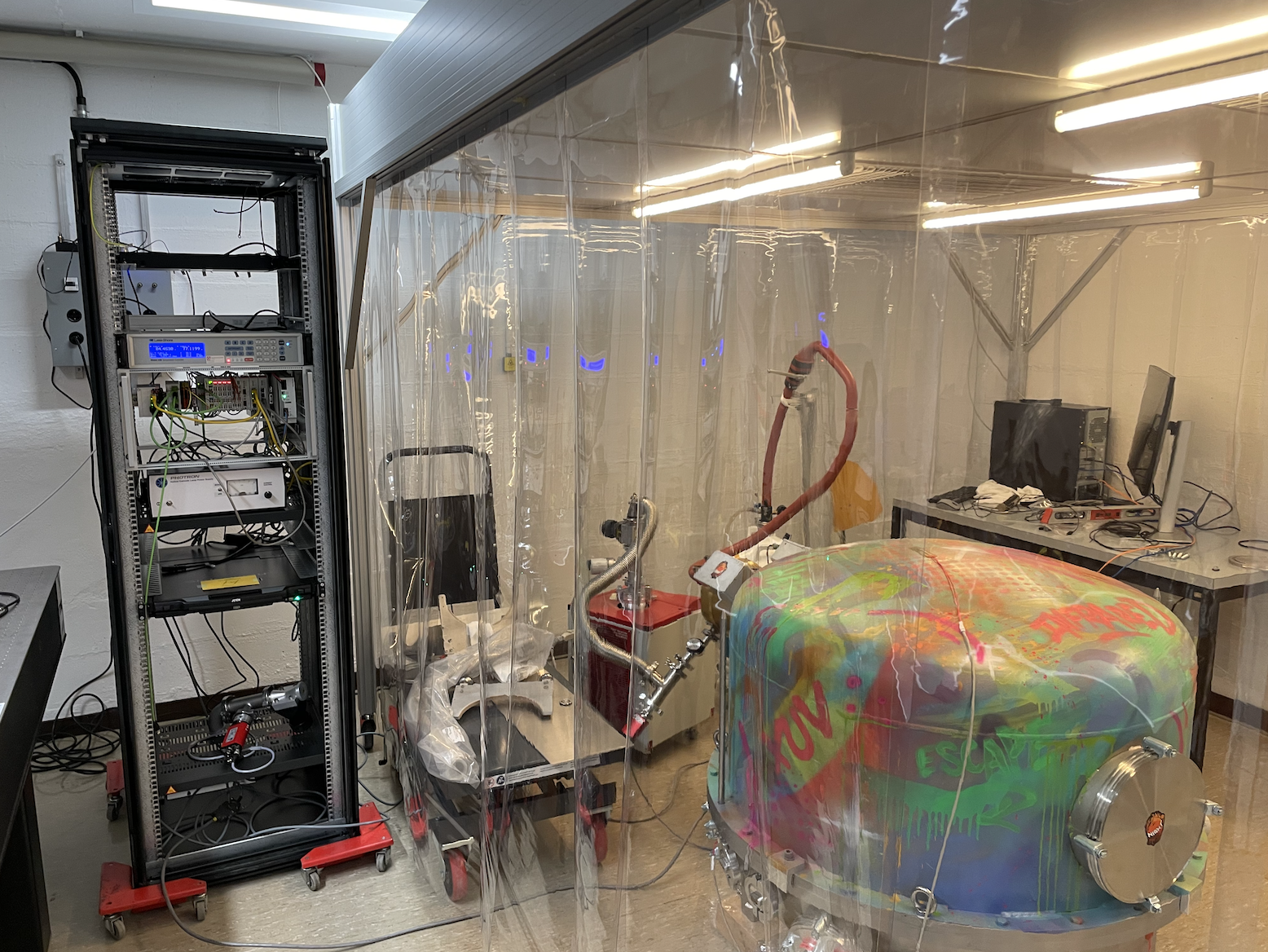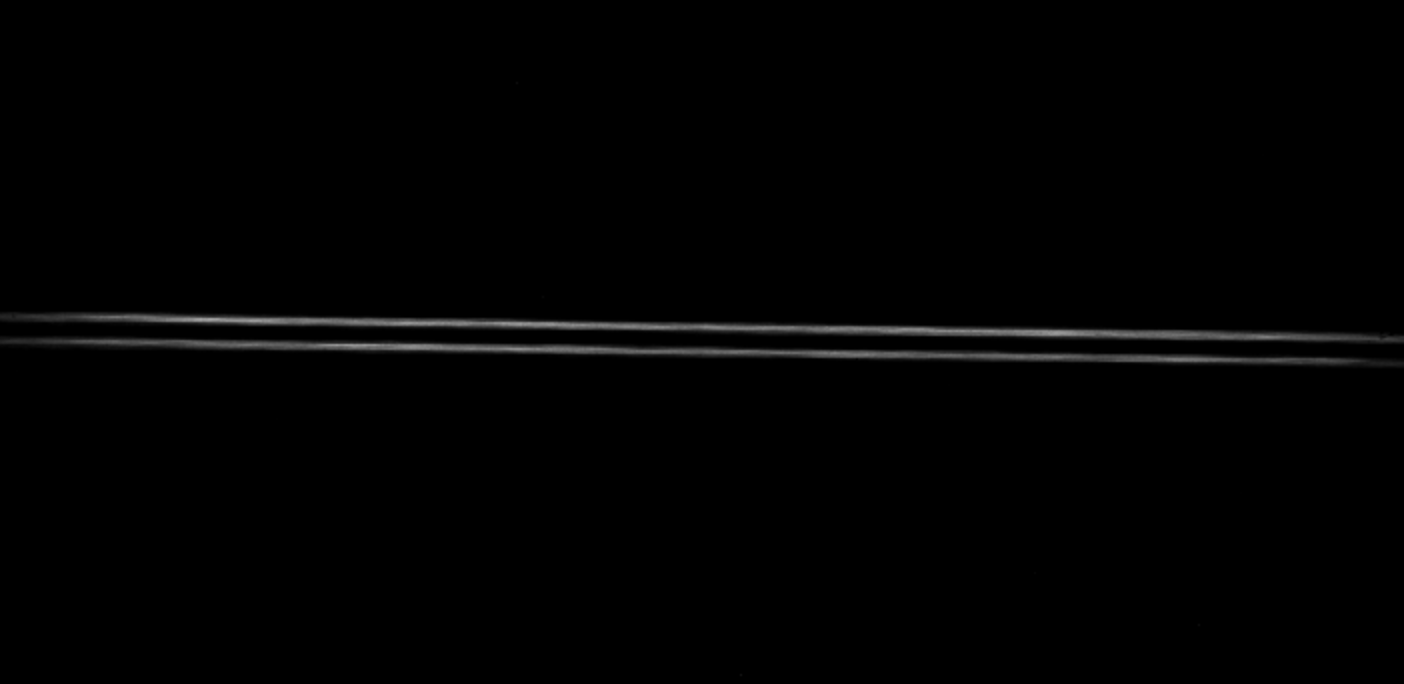

A dedicated high-resolution spectrograph for surveying helium in exoplanet atmospheres, designed to study atmospheric escape and evolution.

NIGHT (the Near-Infrared Gatherer of Helium Transits) is a narrowband, high-resolution spectrograph, marking the first dedicated survey instrument for exoplanetary atmosphere observations. Developed through a collaboration between the Observatory of Geneva, several other Swiss institutes, and the Université de Montréal, NIGHT aims to conduct an extensive statistical survey of helium atmospheres around 100+ exoplanets over several years.
As the project manager, I lead the development of this instrument from concept to completion. NIGHT will measure absorption from the metastable helium state during exoplanet transits, observable in a triplet of lines around 1083 nm. By focusing specifically on this tracer, we can efficiently survey a large sample of planets to better understand atmospheric escape processes.
Resolution of approximately 75,000, resolving the helium triplet's lineshape and enabling a detailed analysis of the exoplanets thermospheres.
Specialized for a narrow wavelength range around 1083 nm, maximizing efficiency for helium observations.
Approximately 70% throughput for the spectrograph, uniform across wavelength and polarization, outperforming other near-infrared high-resolution spectrographs.
Unique double-pass volume-phase holographic grating configuration to achieve ultra-high spectral resolution while optimizing throughput.
Designed for a multi-year survey of 100+ exoplanets to build a statistical understanding of atmospheric escape.
Efficient, compact instrument that can be deployed on 2-meter class telescopes while achieving sensitivity comparable to 4-meter facilities.
NIGHT comprises three main components:
NIGHT uses a HAWAII-1 1024 × 1024 infrared array, cooled to 85K, while the spectrograph operates at room temperature. A cold heat filter positioned in front of the detector filters out longer infrared wavelengths. Additional short- and longpass filters in the double scrambler filter out our specific wavelength band of interest.
The primary disperser is a high fringe-density volume-phase holographic grating in a double-pass configuration, enabling a spectral resolution of 75,000 while maintaining >80% throughput. This innovative optical design allows NIGHT on a 2-m class telescope to be as sensitive as existing high-resolution spectrographs on 4-m class telescopes.




NIGHT is designed to conduct the first large-scale survey of helium in exoplanet atmospheres. This survey will:
For more information about the NIGHT instrument or potential collaborations, please contact:
Casper Farret Jentink
Project Manager, NIGHT
Email: casper.farret@unige.ch